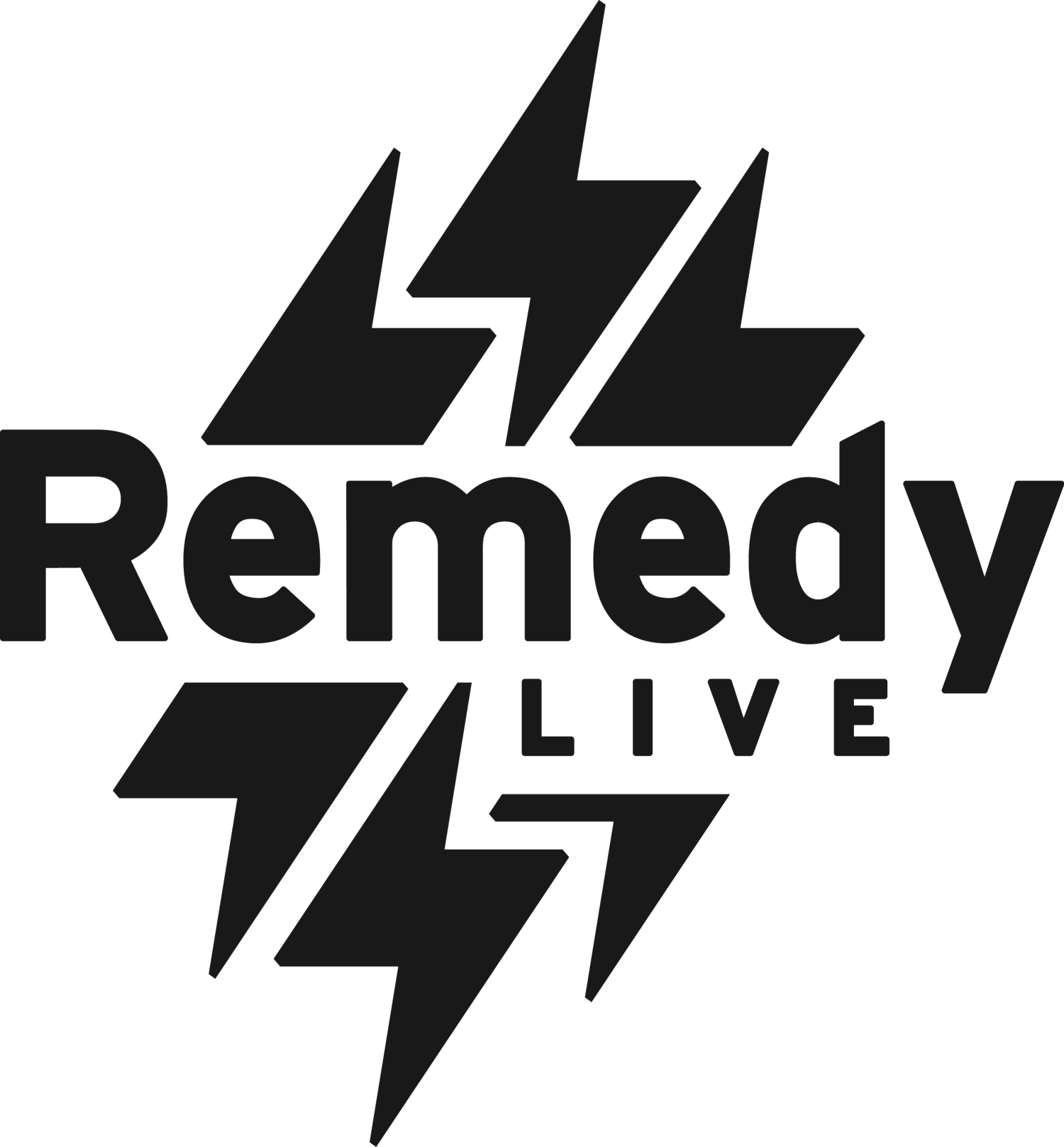DAILY MENTAL WELLNESS TIPS
REST • GOALS • CIRCUMSTANCES • RELATIONSHIPS
THE PAST • OUR BIOLOGY • HOBBIES & COPING
INTERACT WITH EACH POST BY DOING THE CORRESPONDING SURVEY
The Why Behind It
One of the most important things about learning to set goals is how to tell when one crosses the line from healthy to unhealthy. How can you tell one from the other? One of the biggest signs of an unhealthy goal is that you believe your happiness of value is dependent on it. It’s an illusion that getting that grade, beating that record, or dating that certain person will bring you the happiness you haven’t been able to find anywhere else. Another sign of an unhealthy goal is that you hide or don’t want others to know about how you are actually working toward it. As Brené Brown says in her book, “Daring Greatly”, “It’s not what you do, it’s why you do it that makes the difference. Are my choices leading to my wholeheartedness or do they leave me feeling empty and searching?”
Long Term Goals
One was that I didn’t change everything about what I was already doing, I actually started with what I already had. I didn’t go and buy a bunch of specialized diet food, but instead took a look at what I was already eating and started cutting down my portion size based on what I actually needed instead of going by my cravings. This, along with buying a kitchen food scale to help me measure portions, made me come to terms with what my body would use in relation to how much exercise I was getting, and the nutrients that were right for me for each day.
One Food Goal
Ready to set one food goal? Do a quick internet search, and you’ll find endless suggestions about nutrition—what to eat, what to never EVER eat (OMG!), and what the expert of the day advises. I’ve read boatloads of theories, tried lots of diets, suffered some disasters and had some big successes. In the end, I think it boils down to one thing: Eat nourishing food.




